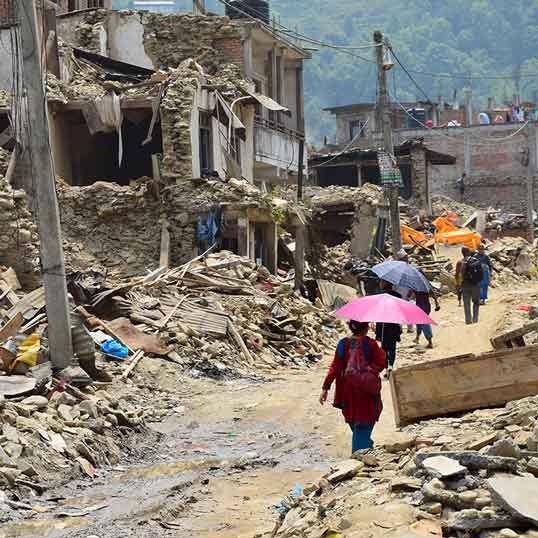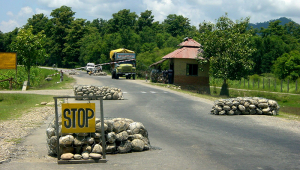Nepal_shuttershock.jpg

Nepal_shuttershock
During a visit to the country yesterday, Takehiko Nakao, said it was essential to accelerate public investment from an average of 3.5% of gross domestic product over the last five years to the 8-12% needed to fill the country’s critical infrastructure gap and achieve its growth potential of 7-8% annually.
Currently, the bank predicts Nepal’s economy to grow by 1.5% in the current financial year, down from 3% growth the year before. This is due to the destruction and supply disruptions caused by the devastating earthquake that rocked the country in April 2015. Growth is predicted to pick up again to 4.8% next year.
Nakao said that now that the situation has normalised the government should make up for lost time.
A large portion of the ADB’s current assistance for Nepal, which totals $1.75bn, remains unspent. Nakao said the government and bank should work together to speed up project implementation, slowed by the earthquake, aftershocks and the resulting disruptions in southern border districts.
He announced that the ADB will expand its annual lending to Nepal by 70%, to $500m per year compared to the current $300m, to support critical investments and reforms.
Priorities include hydropower generation and transmission, international airport enhancements, new economic corridors to promote regional trade,and higher education reform.
Agricultural reform, water supply to both cities and rural areas, sanitation and rural roads will also be supported as will greater private sector investment and public-private partnerships.
Additionally, the ADB will provide assistance during Nepal’s transition to a new governance structure and public management system, as envisaged in a new constitution adopted in September last year.
The constitution, the result of demands by Maoist rebels in the country following a 10-year civil war that came to an end in 2006, will see Nepal adopt federalism and the creation of seven states. It was adopted in the country last September.
Nakao said that the hopes the remaining political differences over Nepal’s new constitution, whose introduction triggered violent clashes among those unhappy with its terms, will be amicably resolved soon.
“The new constitution marks a new era for Nepal and lays the foundation for last peace, stability and more rapid socio-economic progress,” he said.













